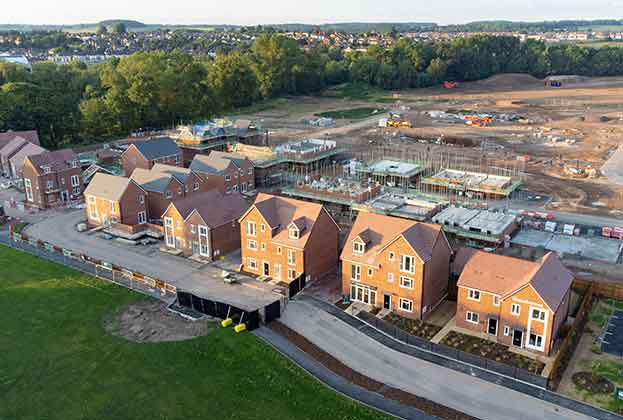The recent Competition & Markets Authority study into the housebuilding sector over the last year has found that there is competition in the land market, and that housebuilders do not hold excessive amounts of development land unnecessarily.
Why maintaining pipeline is key
The study found that many different types of market participants can get access to land and the amount of land held by the largest housebuilders is proportionate to the features of the planning system, mainly driven by the time and uncertainty associated with obtaining planning permission.
This corroborates a lot of the previous work published on the topic including the 2018 Letwin Review which found that land banking is not considered an issue, concluding instead that maintaining a pipeline of land is key to the major housebuilder model (read more here). This is in line with the findings of other previous enquiries, such as the Lyons review in 2014 and the Barker Review in 2004.
While many of us working in the industry are well aware of this conclusion, hopefully this latest report will help politicians and others better understand the real issues facing the sector.
What are the major constraints affecting housebuilders?
Despite setting out that it wasn’t going to look at the planning system, the CMA study has clearly identified that one of the major issues in the delivery of more homes is how the planning system currently works.
The number of planning consents granted over time has been declining, and planning remains a key constraint for both major and SME housebuilders according to the Home Builders Federation (HBF) and Federation of Master Builders (FMB) surveys (which survey each of these groups respectively).

.jpg)

.jpg)
.jpg)

.jpg)
.jpg)


.jpg)